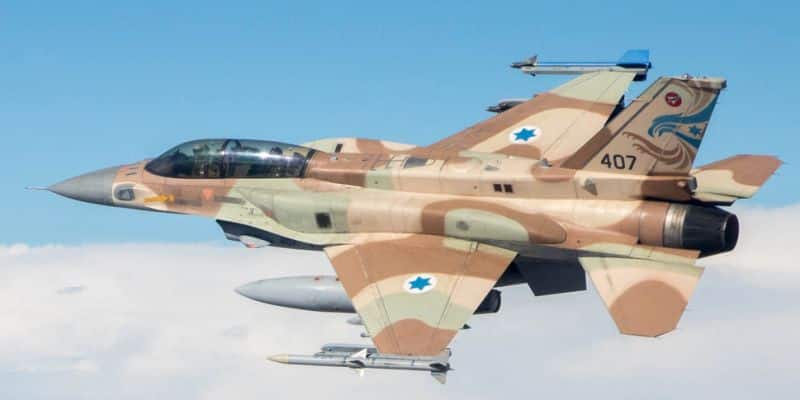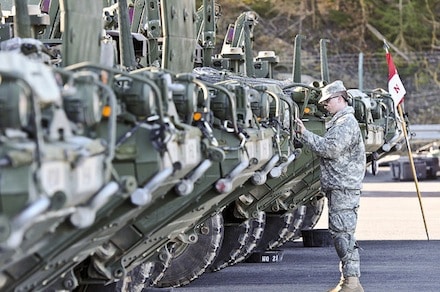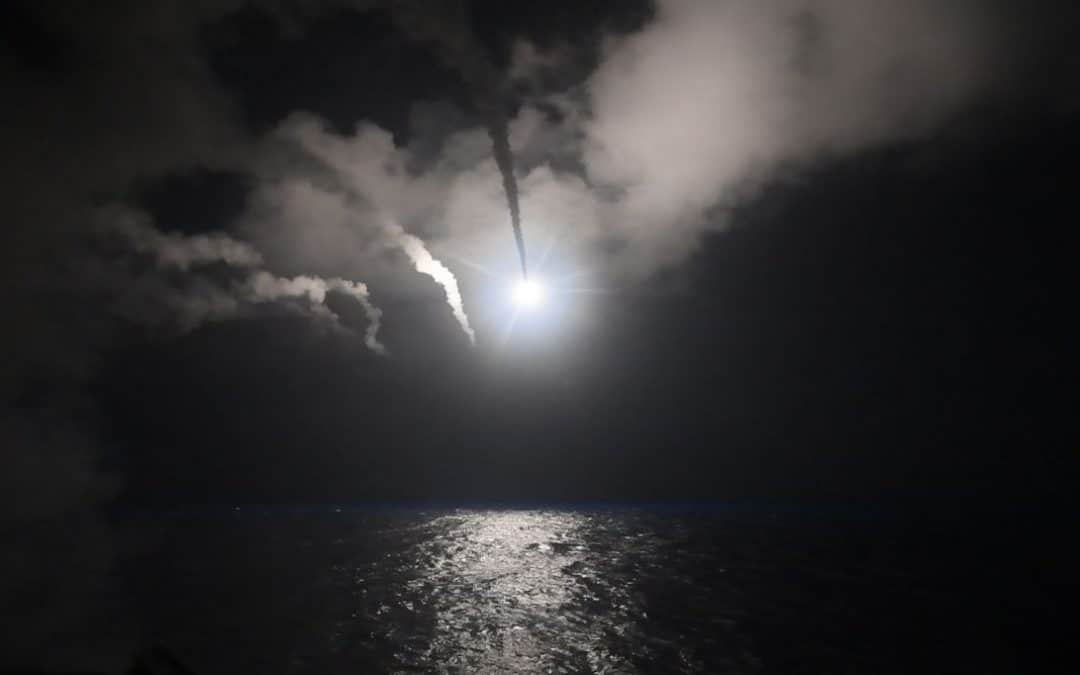On the 17th of September, an important meeting was held in Sochi between Erdogan and Putin to discuss Syria, in particular Idlib. A few hours after the agreement between the two leaders was reached, there was a French-Israeli strike on Syria’s coastal area of Latakia,...



